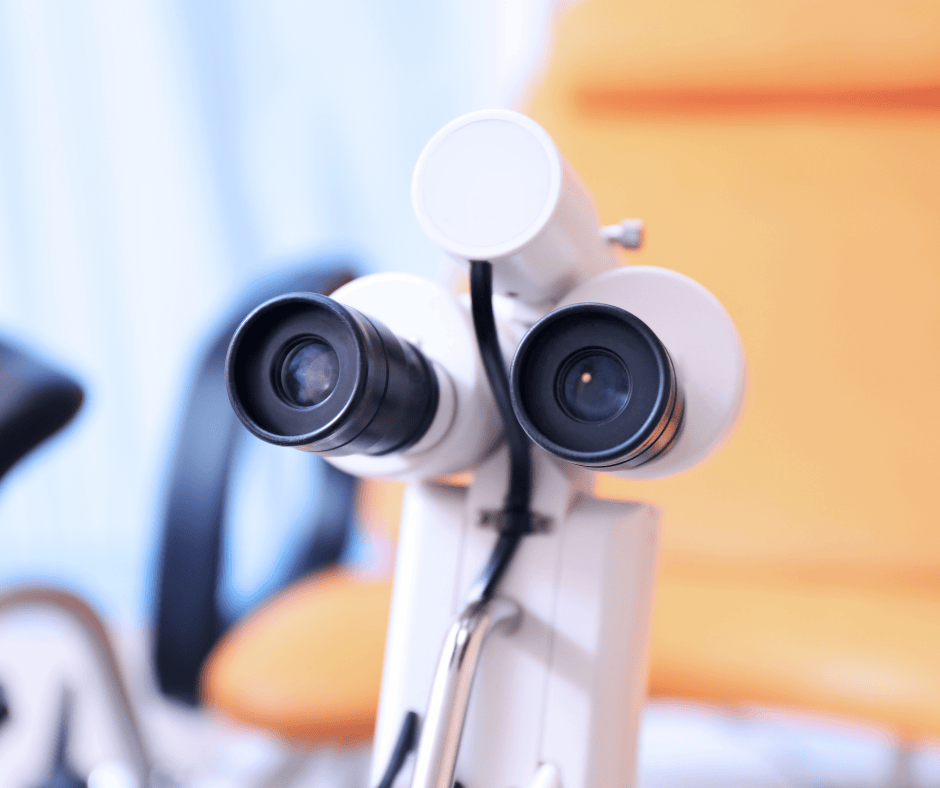Colposcopes are indispensable tools in gynecological examinations, significantly contributing to the early detection and treatment of cervical and other genital abnormalities. This medical device is crucial for diagnosing various conditions, including cervical cancer and other abnormalities.
In this article, we analyze the components and applications of colposcopes, as well as provide general criteria for their classification and grouping within the healthcare system in Costa Rica.
Components of Colposcopes
Colposcopes possess a relatively straightforward structure. The key components of a colposcope usually comprise the following:
- Binocular Head: The binocular head allows the examiner to view the cervix in a three-dimensional, magnified manner, offering detailed visibility of the epithelial tissues.
- Light Source: A high-intensity light source illuminates the area being examined, enhancing the visibility of subtle lesions or changes in tissue.
- Magnification lens: Colposcopes typically offer multiple levels of magnification (like 2x, 5x,10x, etc.) This variability allows for both general observation and detailed examination.
- Camera: Many colposcopes are equipped with a camera, enabling the capture of images or videos for further analysis or documentation.
- Filters: Some colposcopes are equipped with filters that enhance the visualization of blood vessels, aiding in the detection of abnormal vascular patterns.
Applications in Medical Practice
- Diagnosis of Cervical Cancer: By providing a detailed view of the cervix, colposcopes help in identifying precancerous and cancerous lesions.
- Biopsy Guidance: During a colposcopy, if abnormal areas are detected, a biopsy can be taken. The colposcope guides the clinician to the precise location for tissue sampling.
- Assessment of Genital Warts and Lesions: Colposcopes aid in the examination and documentation of genital warts and other lesions, providing critical information for diagnosis and treatment.
- Evaluation of Vaginal and Vulvar Abnormalities: Beyond the cervix, colposcopes are used to examine the vagina and vulva for any signs of disease or infection.
Guidelines for Classification and Grouping of Colposcopes
Colposcopes, being classified as active medical devices used for providing a direct diagnosis, fall under Class 2 medical devices by Rule 10 in the context of Costa Rican regulatory framework.
Our Classification and Grouping Ultimate Guide outlines the necessary criteria for combining multiple devices into a single registration.
In this case, the following apply to colposcopes grouping:
- Same intended use.
- Same manufacturer.
- More than one presentation can be included in the same registration, in which case all the presentations must be indicated in the application.
- Different sizes.
If you have any inquiries about the registration of colposcopes or any other medical devices in the Costa Rican market, feel free to contact us at contact@veraqueconsulting.com, or check our guidelines.

